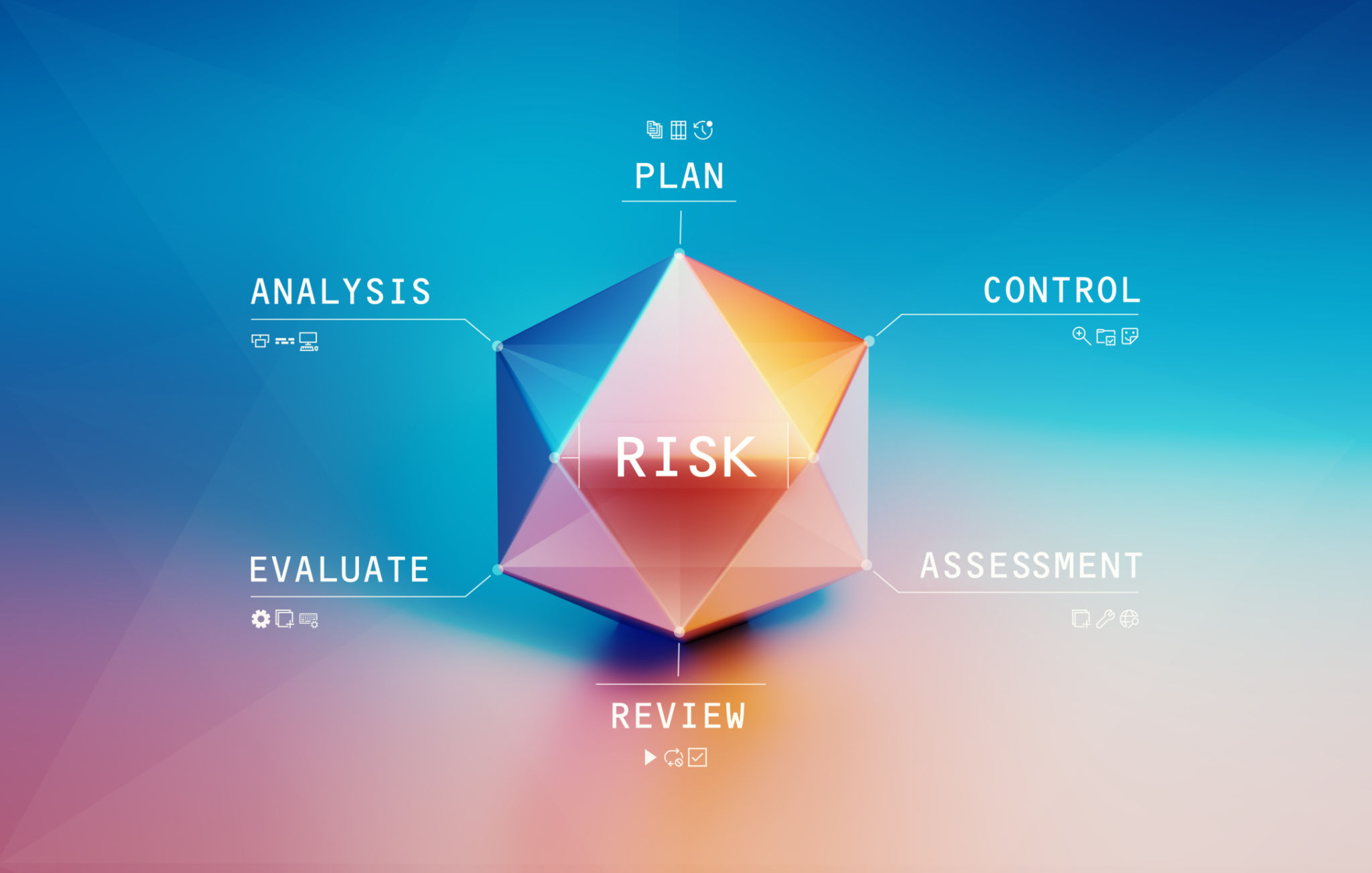How to Analyze Cryptocurrency Markets Like a Pro: Expert Tips
Understanding Market Trends
To analyze cryptocurrency markets like a pro, it's crucial to first understand market trends. Market trends can be categorized into three types: uptrends, downtrends, and sideways trends. Observing these trends over time will help you make informed decisions. An essential tool for this is the candlestick chart, which provides a comprehensive view of market movements.
When examining candlestick charts, look for patterns that suggest potential reversals or continuations in trend. For instance, a "hammer" pattern often indicates a potential reversal from a downtrend to an uptrend. Familiarizing yourself with such patterns can greatly enhance your market analysis skills.

Utilizing Technical Indicators
Technical indicators are invaluable tools for any crypto analyst. Some of the most commonly used indicators include the Moving Average (MA), Relative Strength Index (RSI), and Bollinger Bands. These indicators help to quantify market conditions and provide insights into potential future movements.
The Moving Average, for instance, smooths out price data to identify the direction of the trend over different periods. Meanwhile, the RSI measures the speed and change of price movements, often used to identify overbought or oversold conditions in the market. By combining these indicators, you can gain a clearer picture of market dynamics.

Fundamental Analysis in Crypto
While technical analysis focuses on price patterns and indicators, fundamental analysis involves evaluating the underlying factors that can affect a cryptocurrency's value. This includes looking at the project's whitepaper, team, partnerships, and use cases. A solid understanding of these aspects can provide insights into a cryptocurrency's long-term potential.
Moreover, keeping an eye on news and major events such as regulatory changes, technological updates, and market sentiment can also have significant impacts on cryptocurrency prices. Staying informed about these factors is key to making educated investment decisions.

Risk Management Strategies
No analysis is complete without considering risk management strategies. The volatile nature of cryptocurrency markets means that it's vital to have a plan to protect your investments. Strategies such as setting stop-loss orders and diversifying your portfolio can help mitigate potential losses.
Setting a stop-loss order ensures that you automatically sell a cryptocurrency when it hits a certain price, limiting your losses. Meanwhile, diversification involves spreading your investments across different cryptocurrencies to reduce risk exposure. Remember, even professional traders encounter losses; the goal is to manage them effectively.

Continuous Learning and Adaptation
The cryptocurrency market is continuously evolving, and staying updated with the latest trends, technologies, and strategies is crucial for success. Joining online forums, attending webinars, and reading industry news are excellent ways to keep your knowledge current.
Additionally, practicing with virtual trading platforms can help hone your skills without risking real money. As you gain more experience, you'll develop a more intuitive understanding of market movements and be better equipped to analyze them like a pro.

